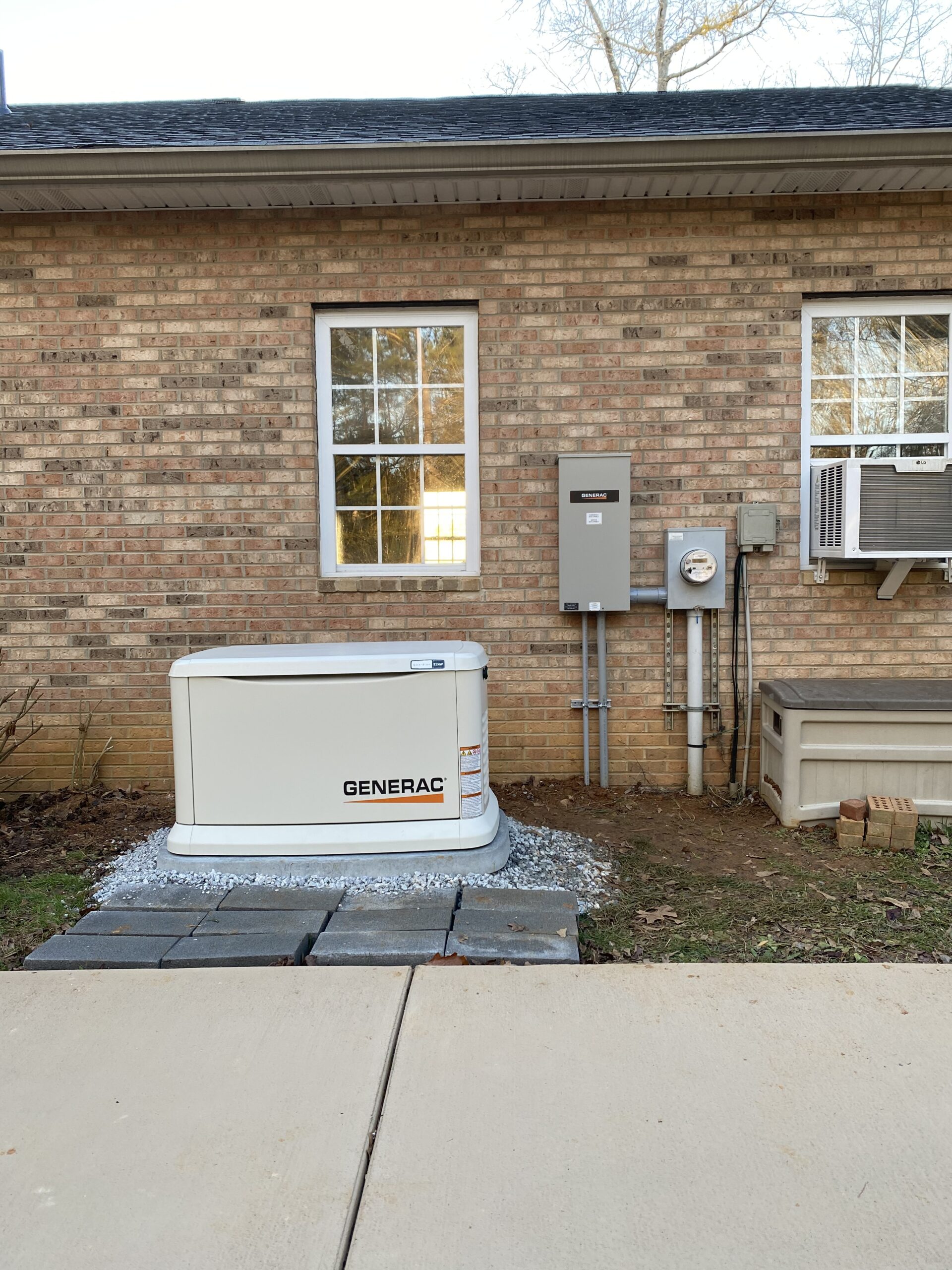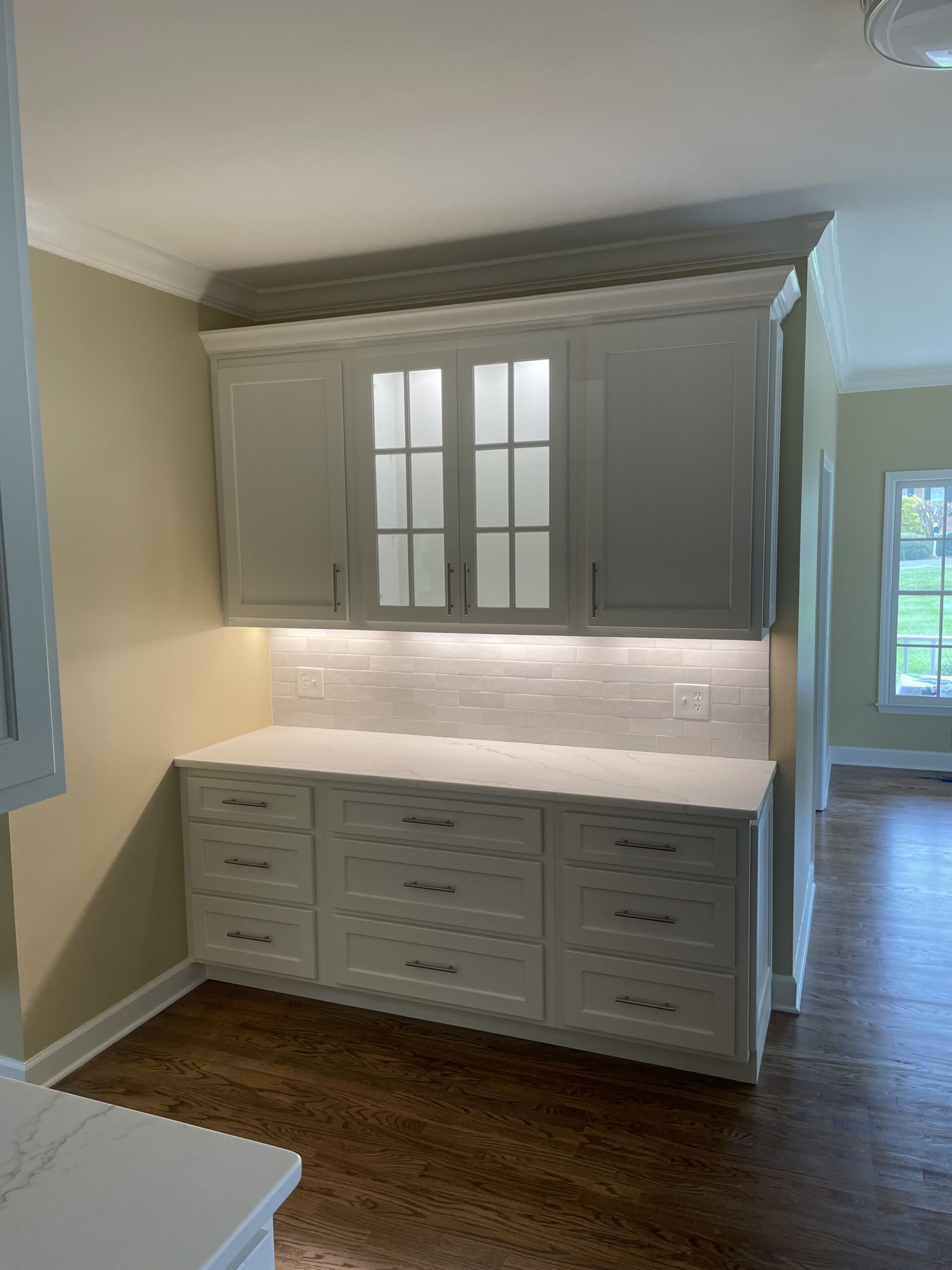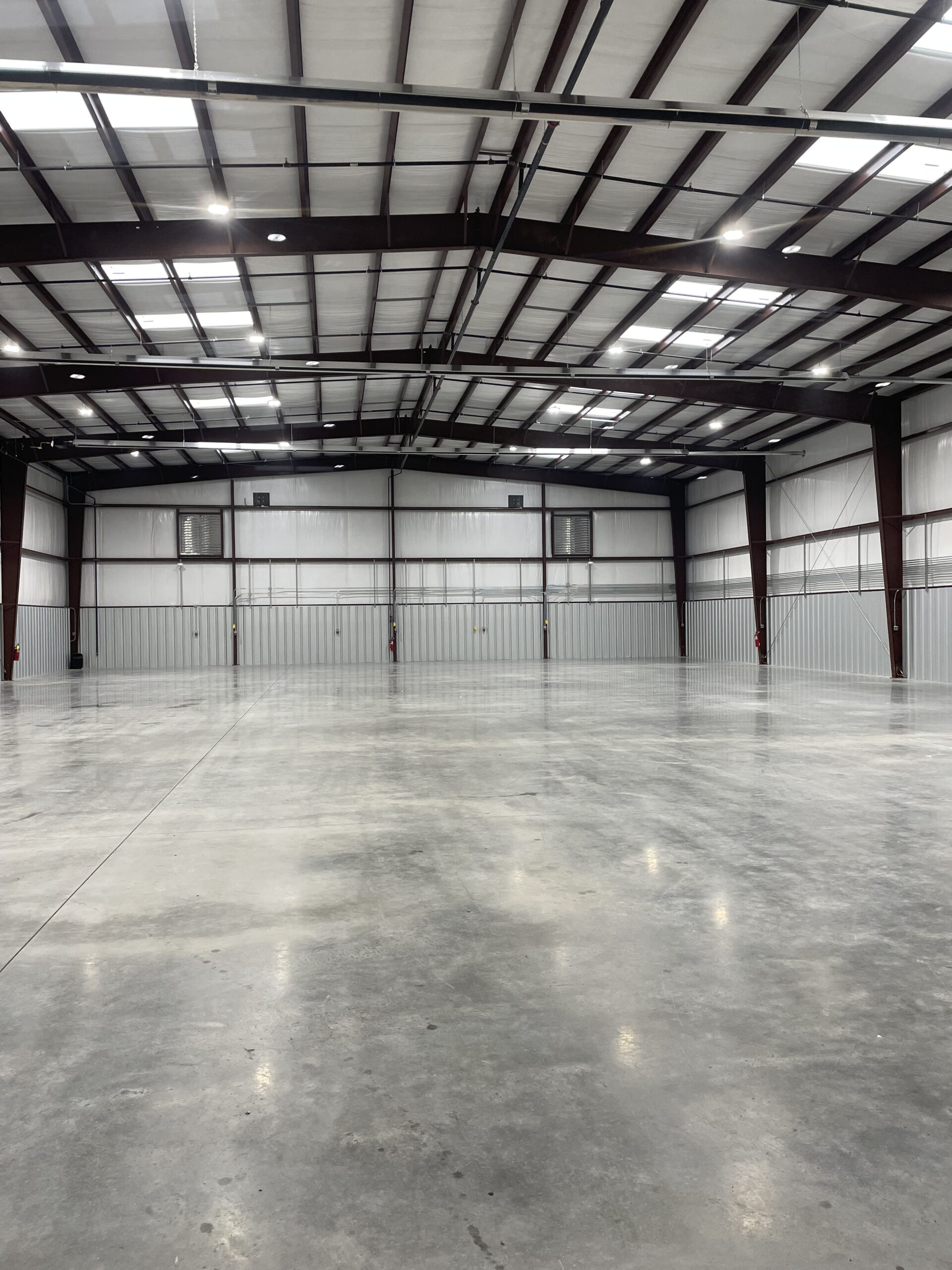What is Under Cabinet Lighting?
Under cabinet lighting is exactly what its name implies: it’s lighting that you add underneath the cabinetry to illuminate the area immediately surrounding the cabinets.
A well-lit room calls for multiple layers of lighting to address every function of the space. Accent and task lighting are often overlooked for more general illumination, but we love both the looks and the utility of perfectly placed layers. It’s unlike a traditional lightbulb-style fixture because it’s designed to be hidden and space-saving, concealed by the cabinet trim so all you see is the light’s effect. These lights are important for workspace lighting or as aesthetic complements or both.
Under cabinet lighting will illuminate surfaces
While overhead lighting is the priority for many homeowners, you should also consider installing under cabinet lighting. In kitchens, craft rooms, dining rooms, bars and elsewhere, great general lighting can only go so far. When you are standing at the counter with your back to the light source, your body creates a shadow right on your workspace; cabinetry over countertops can create the same problem for overhead lights. Under cabinet lighting can illuminate surfaces and provide just the right amount of light to allow you to manage tasks with ease. When it comes to the kitchen, lighting is one of the most important aspects. Not only does it help you see what you are cutting up or stirring in the pot, it also defines the unique style and feel of your kitchen space.
The Benefits of Under Cabinet Lighting
Increases the quality of light in your kitchen
The greatest benefit to under cabinet lighting is that it increases the quality of light in your kitchen by providing light specifically where you’re working—on the countertop. If you’re working under overhead lighting alone, you’ll likely have a lot of shadows precisely where you’re holding that sharp knife. Under cabinet lighting can complement the main overhead lighting. Even with a bright overhead light, shadows may still form on the work area due to wall cabinets. Placing light under the cabinets eliminates these shadows, providing adequate illumination for your cooking, food preparation and highlighting the backsplash.
Add a layer of design & ambiance
Another benefit to under cabinet lighting is it will add a layer of design and ambiance to your space. Accent lighting makes a big difference to the look of a space. Depending on the type of lighting installed, your kitchen or bathroom can attain a warmer, more contemporary or more futuristic feel.
Save Energy
Adding under cabinet lighting to your kitchen will ultimately save you money on your energy bill because you’ll be able to light up the workspace without turning on the lights in the whole room. These savings increase if you choose LED lights and put different sections of lighting on different switches.
Increases the value of your home
A beautifully lit kitchen can increase the value of your home. On average, with a major kitchen remodeling project, you can expect to recoup approximately 60% of the cost. Adding small, relatively inexpensive details like well-designed under cabinet lighting is a great way to increase your ROI.
Types of Under Cabinet Lighting
There are three main types of under cabinet lighting you can consider installing in your kitchen.
Light Bars
LED light bars are a popular option in today’s market because of the safety and quality of light produced by LEDs.
A light bar is a long, thin light fixture that’s also affixed to the underside of a cabinet. These bar or strip lights are ideal for spaces where an even distribution of light is important. By comparison, puck lights can create bright spots of light, whereas light bars distribute their light along the length of the fixture more readily.
Tape lights
Tape lights or strip lights are a solution for adding lighting to complex areas. They can work as under cabinet or under counter lighting, or as architectural accent lighting in nearly any space. For those who need a low-voltage solution, this can work well. They tend to be available in long reels (usually about 16 feet) and are flexible so they can be laid over uneven surfaces and made to turn corners as needed.
While tape lights can be effective solutions for difficult areas, they don’t offer as much light as other under cabinet lighting styles. Additionally, granite countertops tend to reflect the individual points of light, creating glare spots. If you have granite or plan to install it, choose an LED tape light with a diffuser.
Puck Lights
A traditionally popular option, puck lights are round, short lights placed on the underside of the cabinetry. Most use tiny screws to hold them in place. These lights are typically about 2 or 3 inches in diameter, but they can be put off a lot of light. Older puck lights use xenon or halogen bulbs, but modern LED puck lights can produce plenty of light while using only about 20 watts of power for ample coverage of the surfaces directly under the lights. A good rule of thumb is to use one puck light for every 8 to 12 inches of countertop. LED puck lights operate on a low-voltage DC, so the power supply will depend on the number lights selected. The transformer and power supply can then be concealed inside the cabinets to create the clean look desired.
Things to consider when purchasing Under Cabinet Lighting
Size and Placement
it’s important to know how much room you have available to use for lighting. Most often, it is beneficial to keep the lighting fixture hidden behind the cabinet’s face for the most seamless look. Tucked up tight against the bottom of the cabinet, this placement keeps the light fixture out of the way of usable space below.
Also, consider the placement of the lights. Puck lights and light bars are thicker, making placement against the back of the cabinet more desirable, so they are out of the way. Consider placement also based on the location of the work surface.
Power Source
For a seamless look, consider investing in hard-wired light fixtures, which become virtually invisible once installed. The power options for under cabinet lighting range from hard wire to plug-in to battery-operated. Hard-wire cabinet lights will require an electrician’s help, but they can create a more polished, professional look because there are no plugs or wires to contend with. If you have an older, existing under cabinet system that you’d like to change out for a more modern LED version, your system can be upgraded. Plug-in under cabinet lights require an outlet nearby, while battery-powered lights may need frequent battery replacements. Your power supply and installation needs will dictate which under cabinet system is best for you.
An electrician can install the hard-wired models, which must tap into a power source or have a new circuit added to the area. An electrician will also know what building codes and regulations must be followed for the lighting to be up to code. Consider the light switch placement when installing hard-wired lights, too. You’ll want to ensure the switch is in an easy-to-reach place.
Light Source
The type of fixture you choose also depends on where you’re using it. Consider these tips when choosing based on the location itself:
- Kitchen countertops tend to be wide-open spaces, requiring more light than other surfaces. Here, the use of larger light bars can work best. This is also desirable when the work surface is long, and a continuous amount of light is desired.
- In non-kitchen areas that don’t need high-impact task lighting, puck lights can illuminate small surfaces with ease and create a spotlight effect for a memento or display piece.
- In display cases or on shelving, tape lights make it easy to add lighting to an enclosed cabinet or case. It can also be customized based on the layout and the overall amount of light desired. As accent lighting, under cabinet lights can be much more subtle than in the kitchen.
- Workspaces of any type, especially those under storage cabinets, need lighting. Permanent fixtures such as light bars or puck lights tend to be best, with bars providing more consistent lighting across the surface.
Learning how to choose under cabinet lighting doesn’t have to be difficult. Consider each style of lighting based on your unique needs.
Energy Efficiency
Energy efficiency has become an all-important part of residential lighting. If you are looking for the most energy efficient under cabinet lighting option, LED is the place to go. Some LED fixtures use as little as 5 watts while still emitting adequate illumination. An added advantage is that LED lights are easy to dim, adding to their energy-saving capability. They also produce very little to almost no heat.
Xenon lights are less energy efficient but are still a lot better than the power-gobbling incandescent lamps. They have a nice warm glow, giving your kitchen a homely ambiance. They are also dimmable, which can help save some energy. Note that xenon lights tend to give off a little heat.
The other great options for energy efficient under cabinet lighting include halogen and fluorescent lighting. Fluorescent lighting is especially energy efficient and produces almost no heat. A downside of fluorescent fixtures is that most of them cannot be dimmed, giving you less control over the light intensity.
Extra Features
Dimmers and remote controls can make under cabinet lighting more versatile.
Some under cabinet lighting is operable by remote control, offering features like on/off, dimming and color-changing functionality.
Putting under cabinet lights on a dimmer allows you to brighten them for tasks like meal preparation and dim them for ambience. Keep in mind that not all systems are dimmable.
Some rope and tape lights are suitable for both indoor and outdoor use, making them an easy way to light outdoor kitchens, covered workspaces and more.
Color Temperature & Brightness
When considering the type and style of under cabinet lighting, you’ll also want to consider the color temperature of the bulb. Different types are available in a different variety of color temperatures. Too cool, and the effect is sterile; too warm, and the room appears yellow. LED lights generally give off a temperature that is on the cooler end of the spectrum, but they can be placed behind a shaded lens, which will affect the temperature (and if you want, the hue) of the light they give off.
The color temperature you choose should be determined in part by your style, and in part by the other colors in your kitchen. If your kitchen is designed predominantly with warm colors—reds, oranges, yellows—you should choose warmer lighting. If your kitchen is designed with cooler colors—grays, blues, greens, or white—you’ll want cooler lighting.
Color & brightness are not the same thing
It should also be noted that color temperature and brightness is not the same thing. You can have very bright, very warm lights, or very cool, very dim lights, or vice versa. Brightness will depend in part on how much lighting you install, and also the lumen value of the bulb. In a darker kitchen, you’ll want brighter lights, while in a kitchen with a bright white countertop, the lighting won’t need to be as bright because the countertop will reflect light making the room appear brighter.
Countertop reflection should be taken into consideration
Lastly, countertops with a matte finish reflect light more smoothly, while shiny countertops like high-polished granite will create more glare. This should be taken into consideration when choosing the brightness of your under-cabinet lighting. If your countertop is made of a highly reflective or bright material, it’s especially recommended to choose some type of integrated lighting where the bulbs are behind a frosted lens. The result will be a quality of light that is much more pleasant for working in the kitchen.
Phoenix Electrical partners with leading lighting manufacturers, offering Calhoun, GA the best and latest technology, fixtures and controls. For high-quality materials and professional indoor lighting installation, call Phoenix Electrical at 706-607-6332 to arrange for your free estimate.



